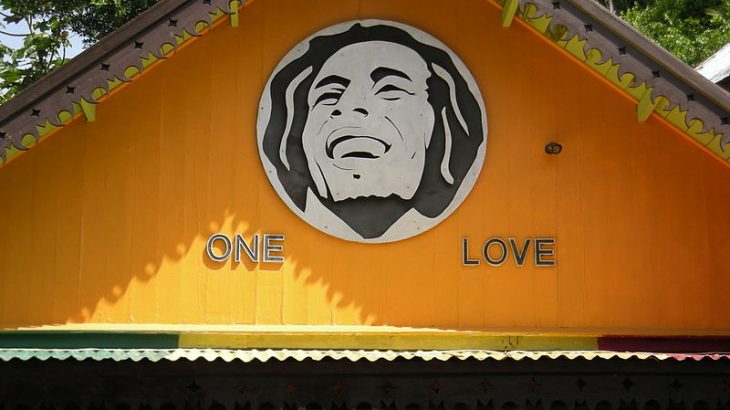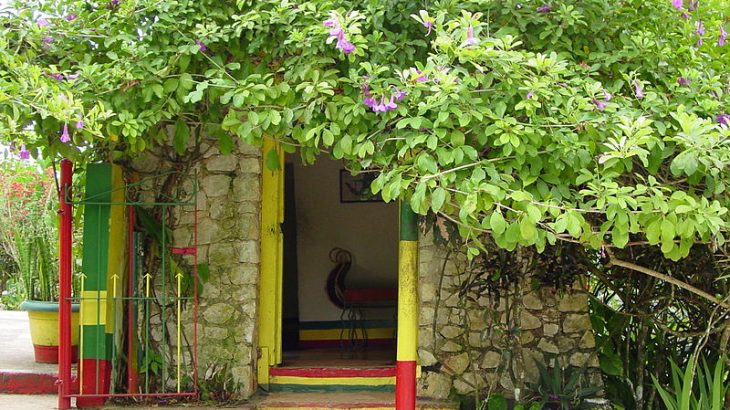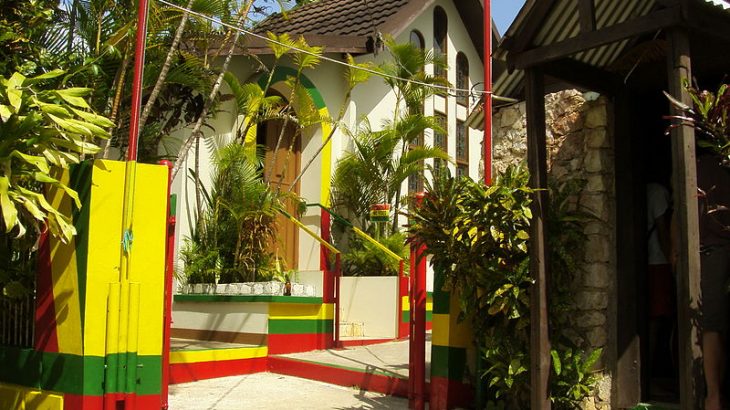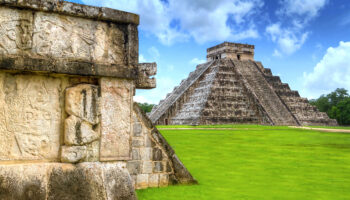Music lovers, island explorers and Rastafarian fans, take a pilgrimage to the childhood home and resting place of music legend Bob Marley, the Bob Marley Museum, in the tiny rural village of Nine Mile, Jamaica. Make the journey up the St. Ann Mountains along a partially paved road, through a series of steep hairpin curves. Once you arrive, the view is spectacular, with glimpses of the Caribbean far below.
Reggae Party
When you finally reach Nine Mile, the village is little more than a haphazard collection of houses—it’s easy to spot the Marley home by the clusters of dread-locked ganja hawkers gathered around the compound’s walls. Visitors enter the compound through a large wooden gate and head up a staircase leading directly to the gift shop. Treat yourself to authentic Jerk chicken at the restaurant and bar, where many light up in honor of the legend himself.
So Much Things to Say
On the Marley tour, a knowledgeable Rasta guide—a Marley family member, if you’re lucky—offers in-depth stories about Bob Marley’s life, music and cultural legacy. Take in the modest, tin-roofed shanty where Robert Nesta Marley was born in 1945. Proving that big things can come from small beginnings; the house is nothing more than a sitting room and a tiny bedroom with an outdoor fire ring for cooking. Authentic and well-preserved, the cottage drives home the humble origins of the child who was raised in poverty, often went to bed hungry and later devoted himself to supporting Jamaica’s poor.
The guide leads the group into the courtyard, where visitors may rest their heads on the “rock pillow” used by young Marley for creative inspiration. Two Marley mausoleums stand nearby. Cedella “Mamma Marley” Booker, the singer’s mother, is entombed in one. Bob and his half-brother, Anthony Booker, are together in the second tomb, per Mamma’s wishes.
All around the compound, the face of Jamaica’s beloved son gazes from portraits, murals, photos and tapestries. Icons in red, green and yellow reflect the national pride he almost singlehandedly instilled through his music during his lifetime.
Satisfy My Soul
Some say a visit to “the Graceland of Reggae” is a spiritual experience. If nothing else, it gives a deep perspective on Jamaica’s musical messenger of hope. At the end of the tour, the Rastafarian guide sings his goodbyes, reggae style, with wishes for peace and love.
Tags: Jamaica






